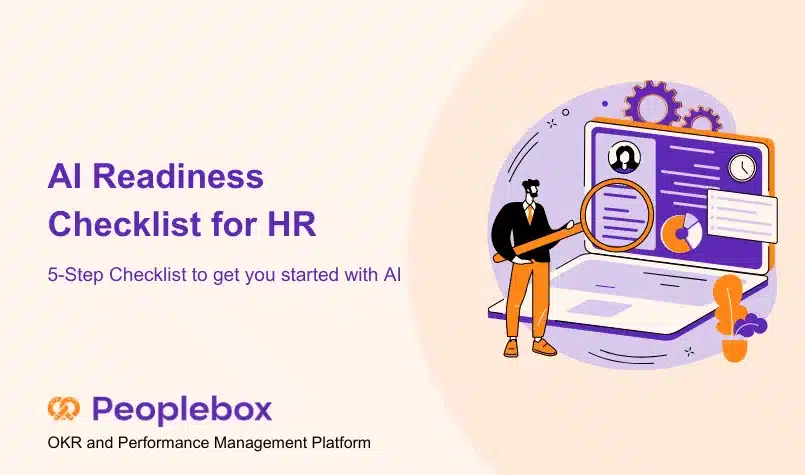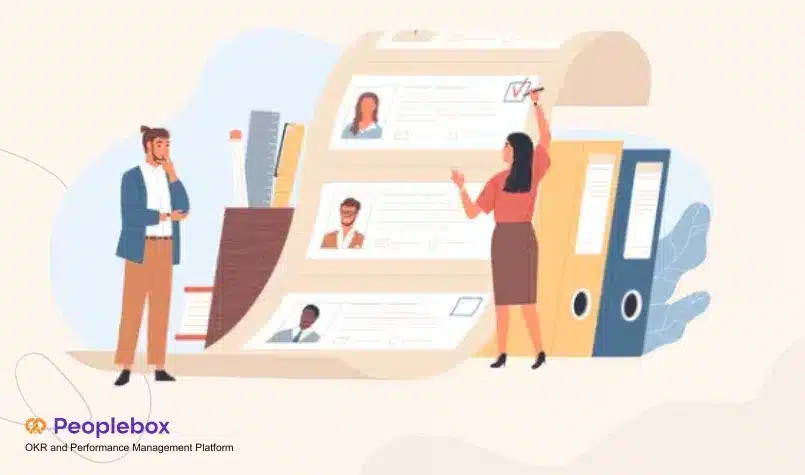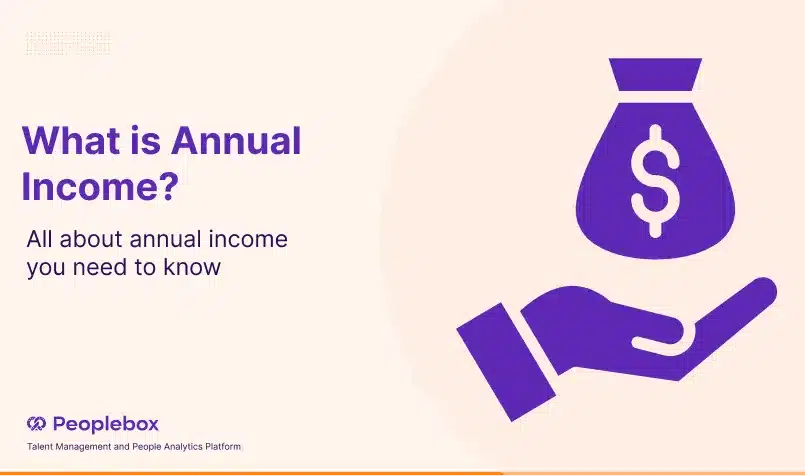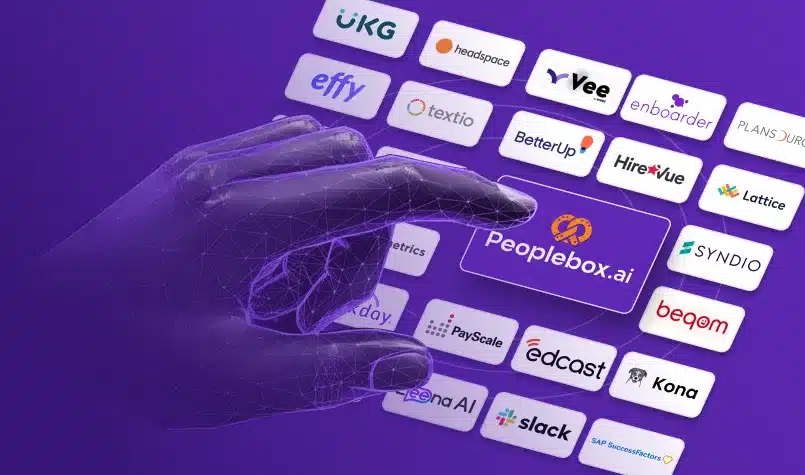61% of CHROs plan to invest in AI in 2024.
If you don’t effectively integrate AI soon, you risk being left behind.
Gartner reports that 76% of HR leaders believe businesses that fail to adopt AI solutions within the next 12 to 24 months will lag in organizational success.
However, no solution is without its challenges.
Implementing AI comes with issues like employee resistance, AI hallucination, and concerns over privacy and costs.
It’s no wonder then that according to a study, 73% of HR leaders are using AI, but most of them have “yet to effectively integrate it within their HR departments”.
The challenges can hinder smooth integration, and limit the benefits you could achieve, or worse, create additional problems.
As an AI HR platform serving hundreds of clients, we deeply understand these challenges and know how to address them effectively.
Here’s a checklist to help you get AI-ready.
It will help you smoothly integrate AI into your HR processes and get the most out of it.
1. Start with Quick Wins
For any disruptive tech such as AI that might initially seem complex or overwhelming to management and employees, it’s important to take a gradual approach.
While you can use AI across various HR functions, begin with easy integrations that don’t require extensive legal or compliance considerations.
Focus on those areas where AI integration will need minimal effort from you upfront but offer significant benefits quickly.
This will help you to build momentum, skills, and confidence in AI across the company.
Based on our experience working with 500+ enterprises and startups globally, performance management, OKRs, and employee engagement are ideal entry points for AI integration.
These areas involve straightforward metrics that AI can easily quantify, track, and analyse, such as performance feedback, OKR completion rates, and engagement surveys.
Additionally, this data typically involves fewer privacy and ethical concerns, compared to say, areas like pay equity and resume screening.
Moreover, these tools are used by everyone across the company, not just HR, leading to high user adoption.
This widespread use helps employees and management become more comfortable with AI, easing their AI concerns, and helping you get stakeholder buy-in for other areas in HR.
2. Create AI Governance Guidelines
Now before implementing any tool, you should create AI governance guidelines. It will be helpful and decrease many other challenges later on.
These guidelines are not a formal policy yet. They are merely a Notion or Google document listing your thoughts on a few basic things: aligning with an IT GRC framework to ensure structured governance and compliance from the start.
- Purpose and Scope:
What will AI be used for and why? Here, focus on the quick wins areas you shortlisted in the first step.
Highlight how AI will be used to assist HRs in their jobs – freeing their time for more strategic tasks.
- Risk Management:
Are there any potential risks associated with using AI for the purposes you listed above?
For example, when using GenAI tools for performance management, think through how you will reduce potential risks such as AI hallucination in AI summaries, and of reviews getting exposed to unauthorised Slack channels or users.
Solutions may include manual checks and working with AI tools that have access controls.
- Accountability:
Who will be accountable for decisions made by or with the assistance of AI, such as raises and promotions based on AI summaries of 360-degree reviews?
These written guidelines will provide consistency, accountability, and clarity across HRs, managers, and employees.
It will help with every critical challenge you may face going forward – from managing employee resistance to vetting vendors.
3. Choose the Right Tech
The next important step that will determine your success is integrating your first AI tool.
You might have used ChatGPT for writing job descriptions or creating survey questions, but fully embedding AI into your workflows is necessary to see 10X results.
How well this first tool is received by employees, HR teams, and management will shape their overall perception of AI, potentially making or breaking your future AI scaling efforts.
Here are the four core things to consider when shortlisting your first AI HR tool:
| ⚙️ Ease of Use Is the tool easy to use for non-technical employees? Does it integrate with your existing tools, like Slack, to reduce the learning curve and make adoption easier? | 🛡️Risk Management Does the tool have features such as access controls and flexibility for manual checks to reduce the potential risks highlighted in your AI guidelines? |
| 🌟Proven Track Record Does the vendor have a history of satisfied customers of similar size in your industry? A company with a proven track record and positive testimonials from similar clients is more likely to be right for you too, avoiding costly replacements later. | 🛠️ Customizable Is the AI HR system customizable to your unique needs? Customization allows teams new to AI to tailor the system to their specific needs, ensuring a smooth transition by continuing existing processes, such as review cycles and OKRs, in the same way they have always worked, but now with added automation. |
4. Balance Automation with Human Oversight
AI can save you time and effort by tracking OKRs, running surveys, creating reports, and connecting people and business strategies, just to name a few.
However, qualitative tasks, such as summarising 360-degree feedback, can reveal some AI limitations. AI may generate false information (AI hallucinations) or use biased language due to its training data.
For example, if an AI model is trained on data where words like “strong” and “decisive” are used to describe leaders, but women’s reviews often use words like “collaborative” or “supportive,” the AI might undervalue these traits for leadership. This bias could lead to unfair evaluations, affecting promotions, raises, and overall morale.
AI-generated summaries can also sometimes be vague or ambiguous, leading to misinterpretation. Additionally, feedback, especially criticism, must be phrased constructively and fairly.
So be prepared to review AI results.
Assign someone to fact-check and ensure accuracy. Include this in your AI guidelines document, specifying who is responsible and how to perform these checks.
This way, you get the best of both worlds—the benefits of AI while still ensuring accuracy. This is important for maintaining employee morale and confidence in your AI strategy.
5. Address Employee Resistance
Finally, none of the above steps matters if there is unresolved anxiety or resistance among employees regarding the use of AI. According to one research, 73.3% of HR leaders are experiencing or anticipating resistance to AI implementation.
Constant pushback can derail your efforts. Hence, addressing employee concerns is one of the most important things you must do to have a strong start with AI integration.
Expect it and proactively take steps to address and resolve it:
1. Share Your AI Guidelines with the Employees
Employees worry that AI will replace them. Sharing your AI guidelines can show them the purpose and scope of these tools, assuring them that AI is there to assist—not replace—them.
One study showed that more than two-thirds (69%) of employees reported that having a clear strategy for AI usage within their organization would make them more optimistic about AI adoption, and 64% said it would improve their confidence in their job security.
2. Provide Upskilling and Training Opportunities
Besides the general fear of AI taking jobs, people are often reluctant to change. To address this, provide upskilling and training opportunities to get employees excited about using AI. While the tools you integrate may be user-friendly with minimal learning curve, not everyone is tech-savvy and it helps to further lower the resistance.
It will also allow them to see how AI can instead future-proof their careers by job expansion and augmenting their roles.
3. Let Employees Explore the AI Tools
Besides formal training, the best way to address concerns is to give employees time to get familiar with the tech. The unfamiliar can seem scary or unnecessary, giving the impression that AI is being implemented just to follow a trend.
However, once employees see how beneficial it is and how much it can do for them, they are more likely to embrace the change.
4. Measure and Publish Results
While experiencing the benefits of AI firsthand is great, to gather even more support, publish the results of early rollouts and how it benefited the employees. This will help keep employees and management on board as you plan to further scale AI.






